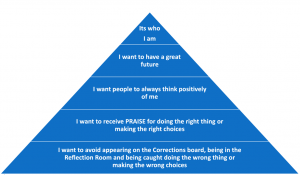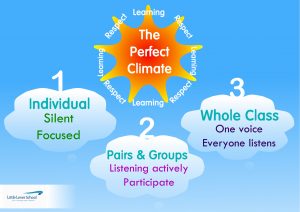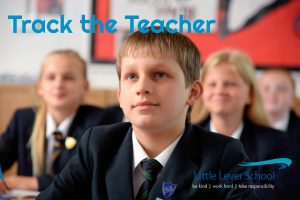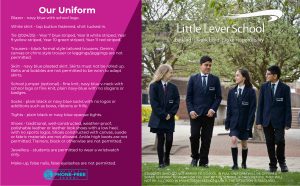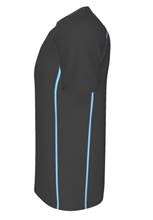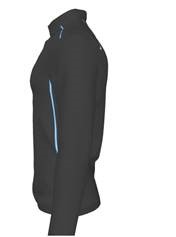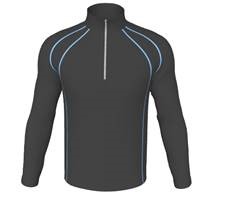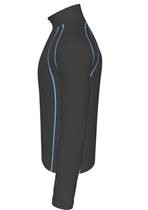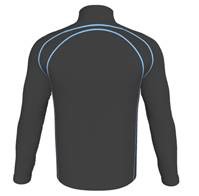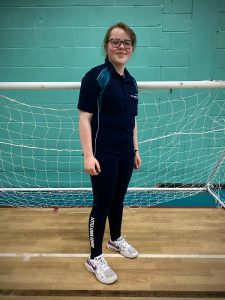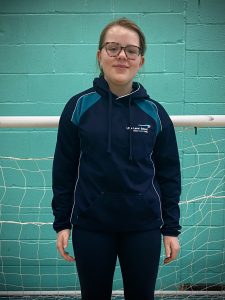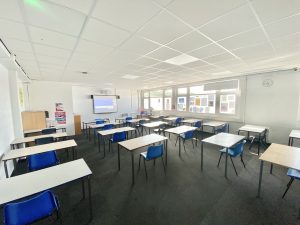Item
|
How worn
|
Equipment, Pencil Case, Mini Whiteboard, School Bag, Books
|
The following equipment is provided by the school:
· A3 size Year Group coloured coded wallet in which all equipment is stored.
· A pencil case including pen, purple pen, pencil, ruler, rubber, bookmark.
· Their Need-To-Know book.
· Timetable.
· Students must be in possession of their school-issued mini whiteboard and mini-whiteboard pen.
Students must bring their own school bag each day. Bags should not display any inappropriate logos. |
Blazer
|
To be worn at all times unless permission is given to remove it.
Sleeves are to be rolled down.
School-issued reward badges can be worn on lapels. No personal badges are allowed to be worn on blazers. |
Trousers
|
Trousers must be black formal style tailored trousers.
Denim, canvas or chino-style trousers or leggings / ‘jeggings’ are not permitted. |
Shirt
|
White formal shirt. Top button always fastened and the shirt tucked in. |
Skirt
|
Navy blue pleated skirt is the only style of skirt that may be worn.
Skirts must not be rolled up. Bobbles and belts are not permitted to be worn to adapt skirts. |
Tie
|
The correct coloured Year Group tie must be worn. The same colour of tie stays with the student throughout their five years at Little Lever School.
Academic Year 2024/25: Year 7 blue stripe, Year 8 white stripe, Year 9 yellow stripe, Year 10 green stripe, Year 11 red stripe.
Ties must be worn at an appropriate length to the waist, displaying a minimum of six stripes below the knot. |
School Jumper (optional)
|
The navy-blue V-neck jumper with the school logo can be worn under the blazer as an additional layer.
Alternatively, a plain navy-blue V-neck jumper with no slogans or badges.
They are not to be worn as a replacement to the blazer. |
Plain Blackor Navy Blue Socks
Plain Black or Navy Blue Tights
|
Socks must be plain and not have any logos or additions such as bows, ribbons or frills.
Tights are to be opaque. If students arrive with tights that are laddered or ripped, they must make their way straight to the uniform shop on arrival to school to replace them. |
Black Leather Shoes
|
Traditional, well-constructed, weather-proof, polishable leather or leather-look shoes with a low heel, with no sport logos. Shoes constructed with canvas, suede or fabric materials are not allowed.
Ankle high boots are not allowed.
Trainers – black or otherwise are not permitted. |
Hair and Headwear
|
Extreme fashion hairstyles (e.g. decorative shaved elements or motifs) and extreme hair colours are not permitted (e.g. hair must be of a natural colour).
If longer than shoulder length, hair must be tied back in situations where it could cause a danger to the individual or others, such as in PE and other practical lessons.
Headwear for tying back hair must be plain and in keeping with the school uniform – ribbons, bows, headbands.
Hats of any kind are not part of our school uniform. |
False Nails / False Eyelashes
|
False nails or nail extensions of any description represent a health and safety risk and may not be worn.
Nail varnish must not be worn.
False eyelashes are not permitted. |
Make-Up
|
Any make-up worn by students should be natural and discreet. |
Jewellery
|
Students are permitted to wear a wristwatch.
For a trial period of Autumn Term 2024 one small plain gold or silver coloured stud earring can be worn in each ear. Please note all earrings must be removed for PE lessons, plasters or see-through replacements earrings are not allowed to be worn for health and safety reasons.
No other items of jewellery, including bracelets, rings, necklaces or facial / tongue piercings, etc. are permitted under any circumstances. |
Coats, Hats, Scarves, Gloves
|
Weatherproof outdoor coats are only to be worn outside and not when inside the school building.
Coats should be worn over blazers outside the school building. Coats should never be worn instead of blazers.
Coats should not display any inappropriate logos.
In cold or wet weather appropriate hats, scarves and gloves may be worn to and from school, but not inside the school building.
Coats and hoodies must not be worn under school blazers at any time. |
Mobile Phones
|
Mobile Phones are not allowed in school.
If a student does bring a phone to school, it must be switched off and placed in the bag before crossing the blue line in the morning.
At the end of the school day students must wait to leave the school premises at the blue line before accessing their phone.
If a student’s phone is seen on their person at any point during the school day, the phone will be confiscated, and a 30-minute lunchtime correction will be issued for the following day. |
Lost Property
|
The school cannot accept any responsibility for loss of property.
Parents/carers must ensure all items of clothing are clearly marked with their child’s name and check regularly that the name is still visible. |
Confiscated Property
|
The school cannot take any responsibility for the loss of any property which is confiscated, for example a bracelet being worn by a student or a mobile which a student has been seen using. |
